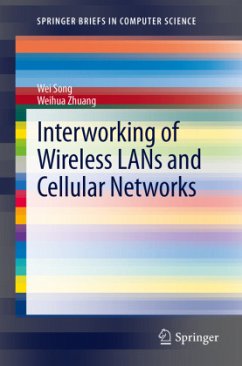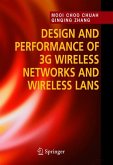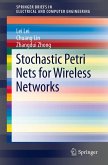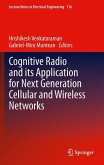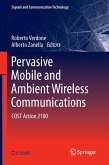The next-generation of wireless communications are envisioned to be supported by heterogeneous networks by using various wireless access technologies. The popular cellular networks and wireless local area networks (WLANs) present perfectly complementary characteristics in terms of service capacity, mobility support, and quality-of-service (QoS) provisioning. The cellular/WLAN interworking is an effective way to promote the evolution of wireless networks. Interworking of Wireless LANs and Cellular Networks focuses on three aspects, namely access selection, call admission control and load sharing to investigate heterogeneous interworking for cellular/WLAN integrated networks. It not only reveals important observations but also offers useful tools for performance evaluation. The unique traffic and network characteristics are exploited to enhance interworking effectiveness. Theoretical analysis and simulation validation demonstrate benefits of cellular/WLAN interworking in real networks. Last but not the least, this brief highlights promising future research directions to guide interested readers.
From the reviews: "This brief reviews the state of the art ... in research on the interworking of heterogeneous wireless local area networks (WLANs) and mobile (cellular) networks. ... The book requires the reader to have a solid knowledge of both WLAN and mobile network principles. The readers who are most likely to benefit from it are ... research specialists and graduate students interested in the topic." (Rita Puzmanova, ACM Computing Reviews, November, 2012)

